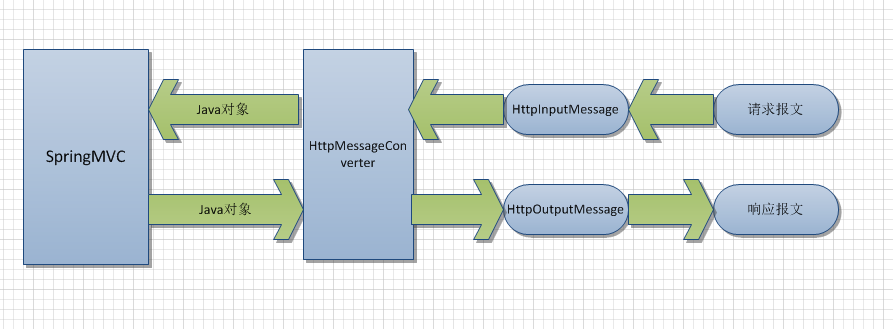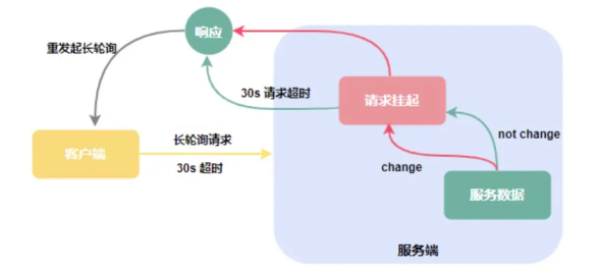What#39;s the difference between Stream.map(...) and Collectors.mapping(...)?(Stream.map(...) 和 Collectors.mapping(...) 有什么区别?)
问题描述
I've noticed many functionalities exposed in Stream are apparently duplicated in Collectors, such as Stream.map(Foo::bar) versus Collectors.mapping(Foo::bar, ...), or Stream.count() versus Collectors.counting(). What's the difference between these approaches? Is there a performance difference? Are they implemented differently in some way that affects how well they can be parallelized?
The collectors that appear to duplicate functionality in Stream exist so they can be used as downstream collectors for collector combinators like groupingBy().
As a concrete example, suppose you want to compute "count of transactions by seller". You could do:
Map<Seller, Long> salesBySeller =
txns.stream()
.collect(groupingBy(Txn::getSeller, counting()));
Without collectors like counting() or mapping(), these kinds of queries would be much more difficult.
这篇关于Stream.map(...) 和 Collectors.mapping(...) 有什么区别?的文章就介绍到这了,希望我们推荐的答案对大家有所帮助,也希望大家多多支持编程学习网!
本文标题为:Stream.map(...) 和 Collectors.mapping(...) 有什么区别?


- value & 是什么意思?0xff 在 Java 中做什么? 2022-01-01
- Java包名称中单词分隔符的约定是什么? 2022-01-01
- Jersey REST 客户端:发布多部分数据 2022-01-01
- Spring Boot连接到使用仲裁器运行的MongoDB副本集 2022-01-01
- C++ 和 Java 进程之间的共享内存 2022-01-01
- 如何使用WebFilter实现授权头检查 2022-01-01
- 从 finally 块返回时 Java 的奇怪行为 2022-01-01
- Eclipse 插件更新错误日志在哪里? 2022-01-01
- 将log4j 1.2配置转换为log4j 2配置 2022-01-01
- Safepoint+stats 日志,输出 JDK12 中没有 vmop 操作 2022-01-01





